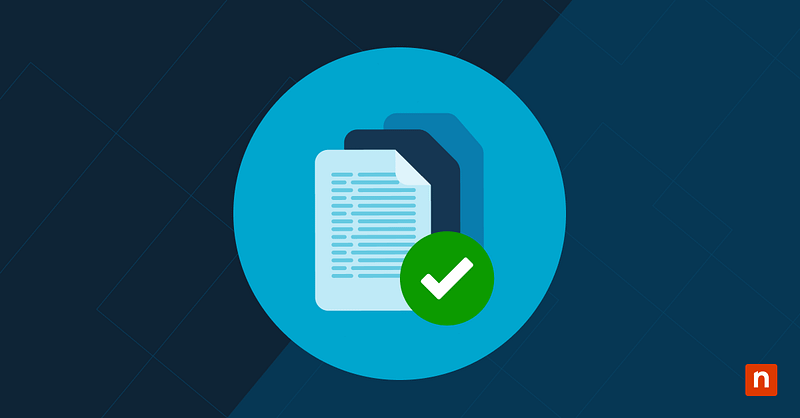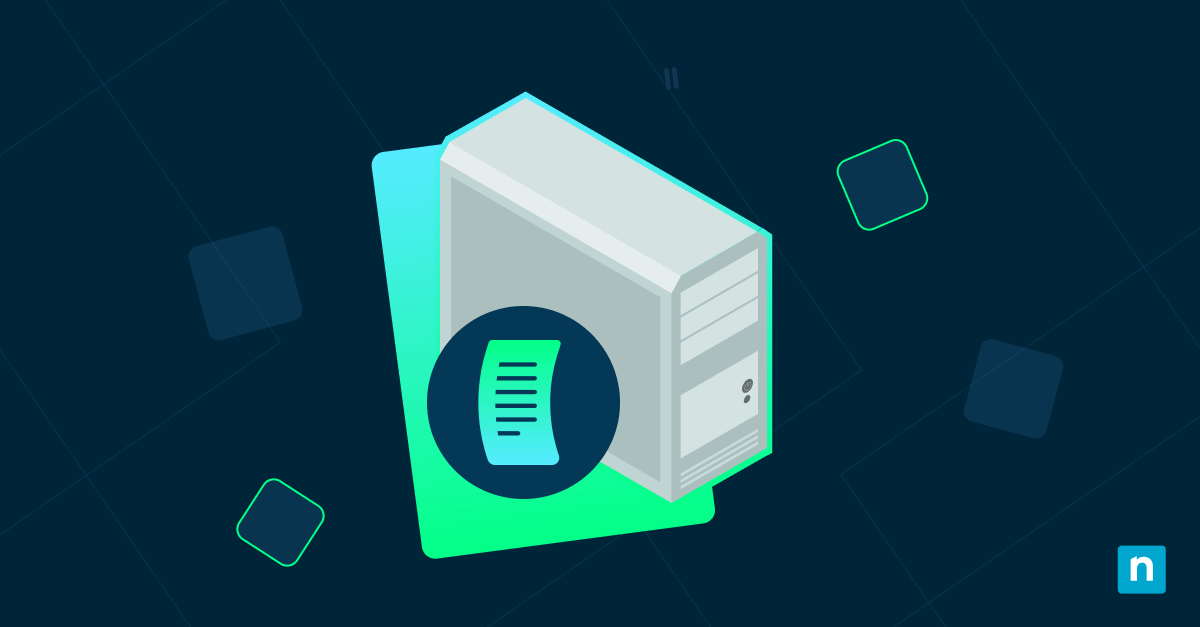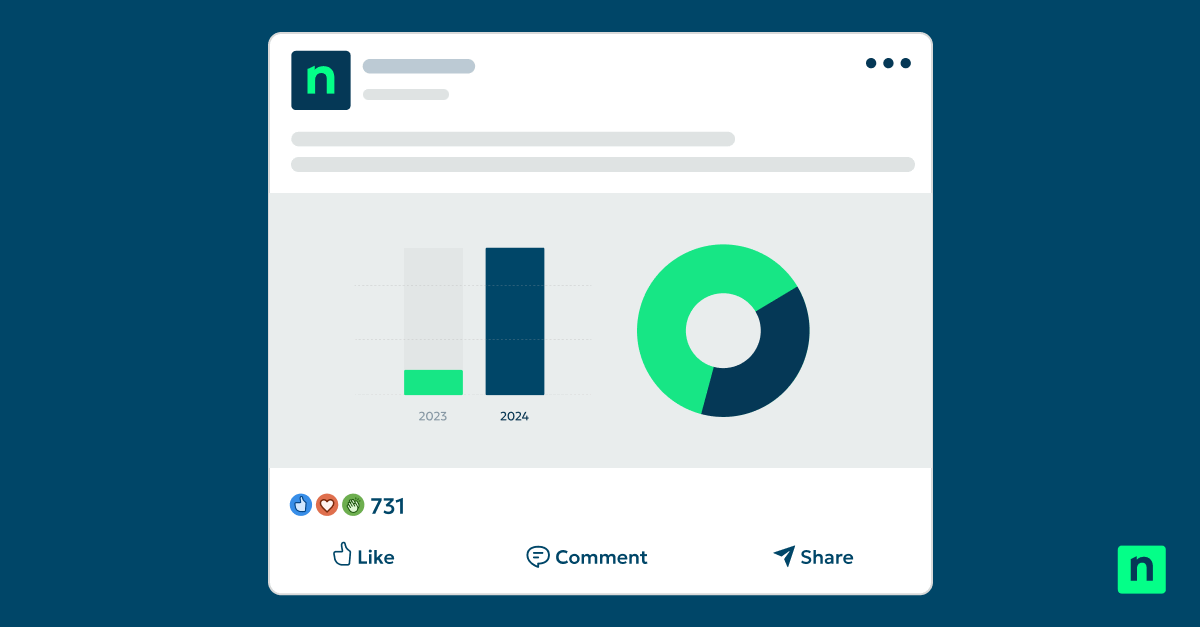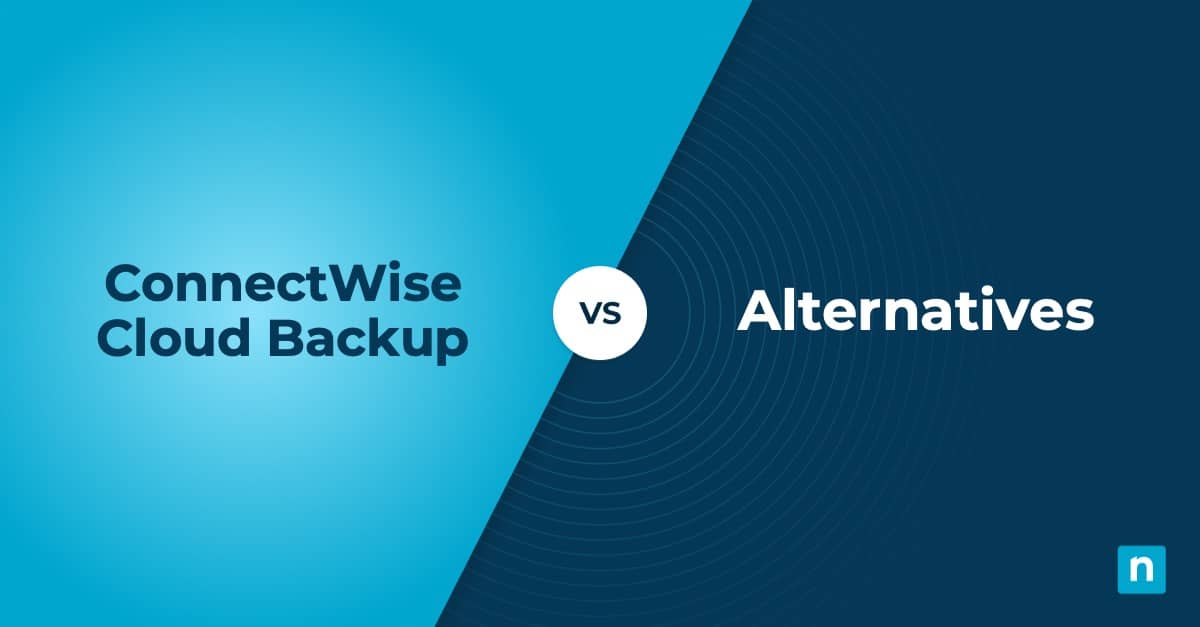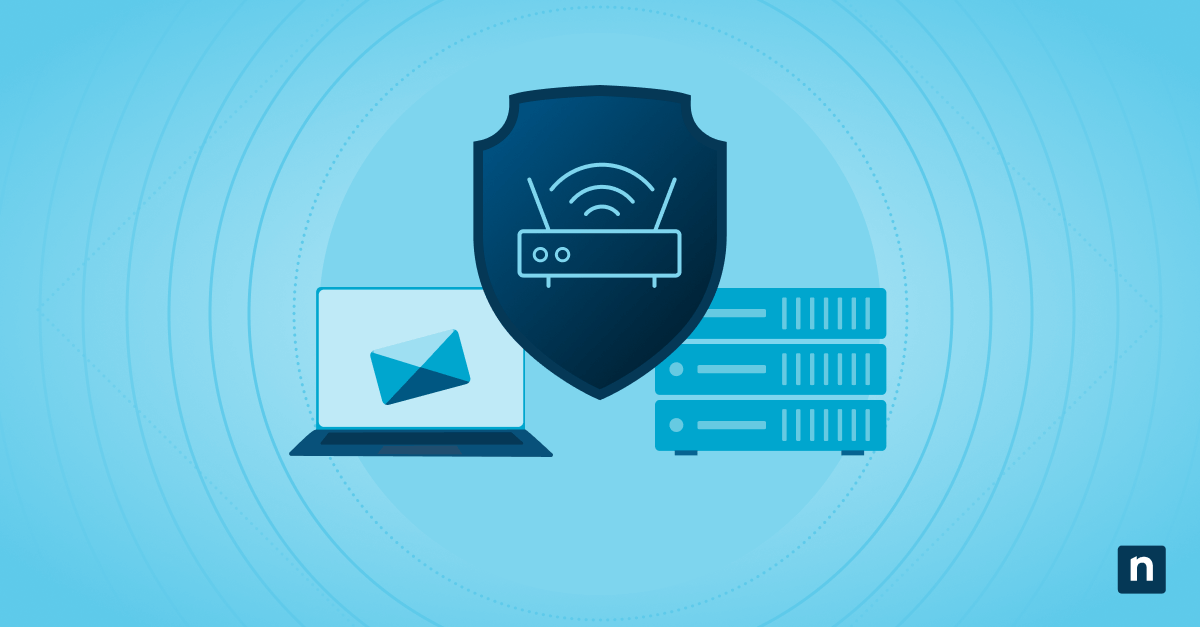Key Points
- Distinct Purposes: Backups serve short-to-medium term disaster recovery, while archiving ensures long-term, tamper-proof email retention for compliance and legal needs.
- Retention and Format: Backups keep multiple encrypted/compressed versions for days to months, whereas archives use indexed, immutable WORM storage for years or indefinitely.
- Recovery and Search: Backups restore data quickly but with limited search, while archives support advanced search, slower retrieval, and robust legal hold features.
- Compliance Mandates: Regulatory standards often require archiving, not just backup; relying solely on backups risks non-compliance and potential legal exposure.
- Operational Recommendations: Implement both solutions—backups for business continuity and archiving for compliance, historical access, mailbox size reduction, and eDiscovery needs.
- Unified Solutions: Consider platforms (like NinjaOne SaaS backup) that address both needs but always verify they meet your unique operational and compliance requirements.
This guide explains what email archiving and email backup are, how they are different, and why both are necessary. Email archiving vs. email backup are commonly confused concepts, but the distinction is important. IT administrators and managed service providers (MSPs) must properly understand and implement each to ensure that data is properly protected and legal compliance standards are met.
Why IT administrators and MSPs must understand email archiving vs. email backup
While the terms backup and archive are often used synonymously, they are not the same thing, and conflating them can lead to negative outcomes for businesses as well as the IT teams and MSPs who manage their infrastructure.
Backups are intended for disaster recovery: copies of your vital data stored for the short-to-medium term that can be restored if the original data is damaged or lost. Not having a robust backup process can lead to unexpected data loss that is detrimental to business. Some data protection laws also enforce the use of backups.
Archives are intended to store data for long-term availability. Usually, this is for making historical data available for legal and compliance reasons, but archived communications can also be a valuable resource for informing future business decisions and ensuring accountability.
Both email backups and archives are critical for the ongoing reliability and compliance of business operations, and should be implemented at some level by all IT administrators and MSPs. It is key that you are able to ensure that the unique requirements of each are met so they can fully meet their intended purpose – poor or incomplete implementations of either can lead to data loss, unnecessary costs, or regulatory exposure.
💡 Learn more about NinjaOne’s Email Archiving Solution
What is email backup?
Backups are intended to protect against data loss by creating point-in-time copies of data, stored for the short-to medium term (from days to months). If data loss occurs due to a device failing, being lost or damaged, or due to ransomware, or if important information is accidentally deleted or tampered with, it can be recovered from a recent backup.
You should keep multiple backups in different physical locations to ensure that a major event can’t knock all of your data out at once. For example, it is common practice to store backups in the cloud for quick recovery, as well as having at least one local backup stored in a secure off-site location to ensure data is not lost in the event you lose access to your cloud environment.
Email backups are critical to business continuity, allowing you to restore individual messages or to get back up and running quickly in the event of a complete system failure. Email backup will capture mailboxes at specific intervals, and retention policies will be focused on restoring the most recent data possible. The most recent “good” version of the data may not be the last version backed up, which is why multiple snapshots spanning weeks or months are retained.
Due to the comprehensive nature of backups and that multiple versions of each file are kept, managing storage is a key consideration. Backups must be updated automatically on a schedule or when important data changes, and pruned according to retention policies to manage storage. This is one of the reasons backups generally do not meet compliance standards as an archive solution, as data intended for retention is likely to be altered or removed over time.
It is increasingly essential to back up your mailboxes: many businesses now rely on cloud-hosted productivity and email platforms like Microsoft 365 and Google Workspace that work on a shared responsibility model. Under this model, the provider is responsible for the availability of the service, but you are responsible for backing up the data on it, so if something goes wrong, it’s up to you to restore data from your own backups.
What is email archiving?
Archives are not backups. Archives are intended for the long-term storage and availability of historical information in a tamper-proof format. This is usually done to comply with regulations or due to legal action. Many industry regulations (such as FINRA and SEC electronic communication record keeping requirements) require that covered communications be retained for periods spanning years, while ongoing legal action may require the messages for involved parties be retained indefinitely in an immutable format for eDiscovery purposes.
There are also long-term business benefits to carefully planned email archiving. Insights from historical communications could uncover unrealized customer opportunities, or just provide useful information (like who set up the business CRM all those years ago).
Email archiving should make emails searchable and support configurable retention policies (for example, retaining emails for certain departments for different lengths of time based on different compliance requirements). Access and updates to email archives should all be logged and auditable.
Regulatory compliance is affecting more and more businesses, making email archiving an increasingly widespread necessity: global data laws and an increasing number of industry-specific data protection standards all require certain communications be retained. There is also a practical aspect, as storing large amounts of data in live email systems can lead to increased cloud costs, which can be reduced by offloading email to archives where it is still available, but cheaper to host.
Key differences: Email archiving vs. email backup
| Feature | Email Archiving | Email Backup |
| Purpose | Regulatory compliance, retention for legal purposes, and long-term access | Disaster recovery for business continuity |
| Retention period | Long-term (years to indefinite) | Short-to-medium term (days to months) |
| Storage format | Indexed, immutable WORM (write once, read many) archive | Encrypted or compressed file backup |
| Search capability | Advanced (content-indexed, metadata search) | Limited to snapshot or folder restore |
| Legal hold support | Yes | No |
| Recovery speed | Slower (retrieval-based) | Faster (snapshot-based) |
| Compliance use | Strong fit | Not compliant on its own |
While email archiving and email backup are related concepts, and similar technologies can be used to implement each, you must ensure that your solution addresses the specific requirements of each. Otherwise, you risk having either an ineffective backup system or a non-compliant email archive solution.
As an archive is not a substitute for a backup, you still need to make sure your email systems, as well as your email archives, are backed up.
Email backup and archiving: When MSPs should use each
Backups are a necessity for any business, but due to their different use cases, it has limitations for archiving purposes and must not be used as such. Businesses that require archiving in addition to backups should seek a platform designed for the task.
IT administrators and MSPs should implement email backups:
- To provide data recovery in the case of disaster, malfunction, malware, or accidental deletion
- Where short to medium-term retention is sufficient
- Where data does not need to be immutable, and access does not need to be audited for compliance reasons
Email archiving solutions should be deployed for the purposes of:
- Reducing the amount of data in mailboxes, avoiding hitting storage quotas on cloud email hosts
- Centralizing communications records and removing the reliance on PST and EML files for storing old messages offline
- Compliance with legal and industry standards
- Meeting requirements for eDiscovery or legal holds
- Long-term historical access to emails
- Every message must be captured and stored at creation in an immutable format
There are unified email backup and archiving solutions that fully address the needs of both; however, you must fully assess any solution to ensure it meets your unique business requirements and any legal or industry-specific requirements.
What you need for effective email backup and email archiving
Before you design your backup solution, plan to ensure full coverage of all vital data, and ensure that the backup frequency captures data at an appropriate rate. This means that there’s always a recent version to recover, and productivity is minimally impacted by data loss events. When planning your email archiving solution, make sure you consult with legal or industry experts to ensure you’re fully meeting any legal and compliance requirements.
From there, it’s a matter of choosing your tools and implementation. Backing up cloud-hosted communications from Microsoft 365 and Google Workspace can be particularly challenging, especially if other communications from chat tools like Teams or collaboration platforms like SharePoint also need to be covered. SaaS backup by NinjaOne gives you the tools to back up your Microsoft 365 or Google Workspace tenant, with granular recovery and automated retention.

